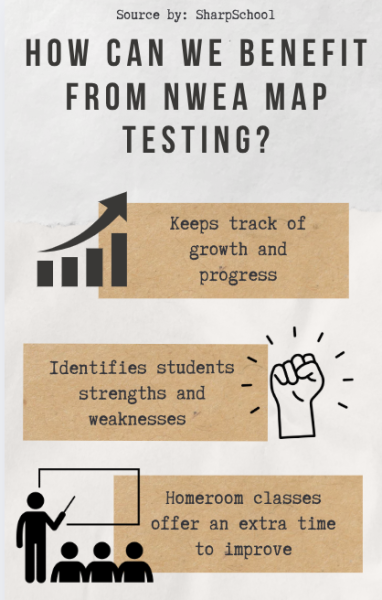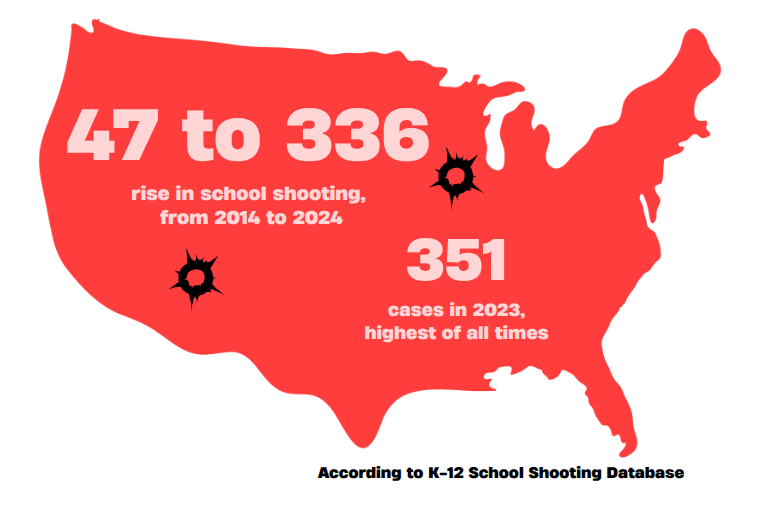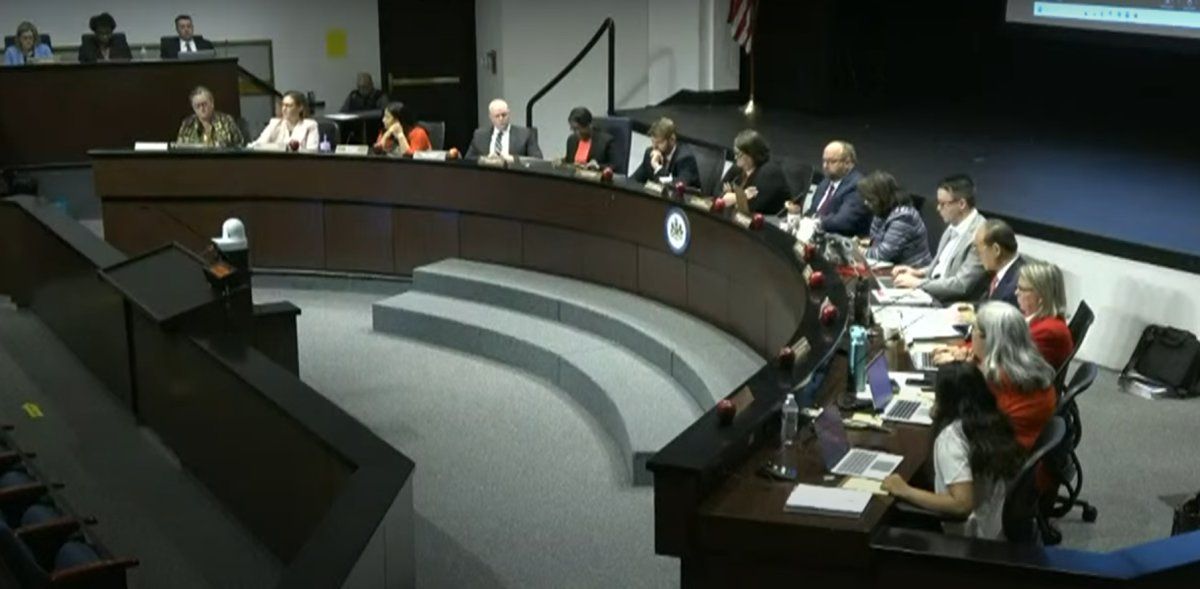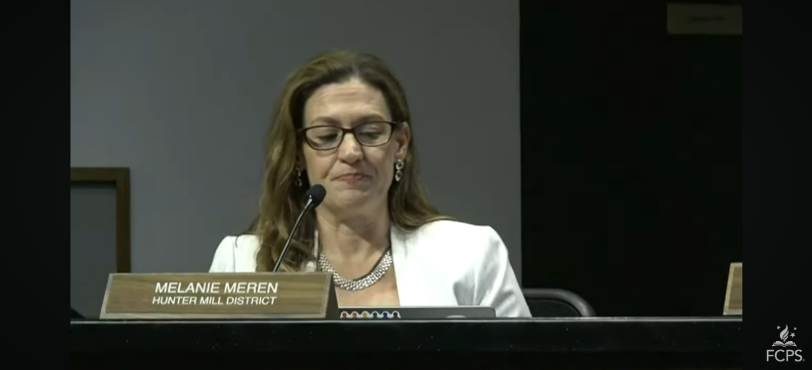The Northwest Evaluation Association (NWEA) reported 81.8% of students met or exceeded their projected Rasch UnIT (RIT) score on the NWEA Measures of Academic Progress (MAP) assessment in 2024. As a result, new homeroom classes have been created for students at CHS who have struggled to meet state requirements on the NWEA MAP tests.
According to FCPS, NWEA creates MAP math and reading assessments to be used as a screening and growth tool in middle and high schools. This tool is used to help teachers understand students’ strengths and areas for support by learning their content knowledge and skills required by the state standards.

“What we’re seeing with [MAP] growth at middle and high school is it’s a great tool to assess students’ progress and identify if there are deficits,” principal Dr. Amy Goodloe said.
The goal of the NWEA MAP test is to assess students’ readiness for classes and to help them pass the Standards of Learning (SOL) tests by the end of the school year. Students take the Reading and Math NWEA MAP test three times in the school year, the fall, winter and spring. After data was collected from the first test, homeroom classes for English were created for students who were in need of support.
“I went and looked at where my students needed help and my class specifically needed to focus on vocabulary so I’m doing more vocabulary activities with them,” English teacher Danielle Simpson said. “There are three homeroom classes now to help the students get their reading levels up.”
According to NWEA, the MAP test has three sections for reading, which are literary text, informational text and vocabulary. Math also has three sections: expressions and operations, equations and inequalities and functions and statistics.
“We want to identify those students who are in need,” math teacher Grace Park said. “On the report we have, we know what it is that students are struggling on and what the areas that they have to grow and learn are.”
After the fall NWEA MAP test is taken, data is accessible to administrators, counselors and teachers. Assistant principal Zack Winfrey worked with English department chair Nikki Lehman to analyze SOL scores, English grades and Lexile scores in relation to the data from the NWEA MAP test to identify students who needed extra support. Data from ninth, tenth and 11th grade students were observed.
“I had English teachers select the students they thought would benefit from an intervention, which is the homeroom class,” Winfrey said.
The goal of the homeroom and literacy classes is to support students as they go through high school.
“It’s going to help them in many different capacities, not just English, but in social studies, science, math, the SAT and hopefully whatever path they’re planning on, whether it’s college or a career,” Winfrey said.
The homeroom classes aim to strengthen students’ skills in English right now. Looking ahead, Goodloe emphasized expanding these opportunities to help students succeed academically.
“We’re trying to get to a place where both math and maybe potentially science could be doing something like this,” Goodloe said. “We’re really looking ahead to next year to make sure that we have more opportunities for students to get extra support during the school day.”








